Scaling Technology – Building on COVID
Read the Magazine in PDF
Overcoming healthcare challenges in India requires a collaborative and integrated approach, with public funding, a focus on improving infrastructure and human resources, and partnership among sector actors.
By - Mr. Ajay Nair
Abstract
This article discusses the efforts made by over 200 organizations in India to enhance telemedicine and expand technology and data availability in response to the COVID-19 pandemic. The article also highlights the significant challenges that the healthcare sector in India faces, such as inadequate governance, fragmentation, and inadequate funding. To address these issues, the article proposes a coordinated and integrated approach that involves collaboration, adequate public funding, and a focus on improving human resources and infrastructure. This also concludes by emphasizing the need to address the issue of universal health coverage to ensure all citizens have access to high-quality healthcare.
An association of more than 200 organizations has joined forces to support a national mission and collaborate in achieving common goals. The alliance was formed at the beginning of 2020 and has been working diligently to achieve its objectives. This article will delve into the alliance’s journey, accomplishments, and plans. The primary focus of this alliance is to advance telemedicine and they launched a telemedicine initiative during the initial wave of the pandemic. This initiative was implemented nationwide and intended to offer teleconsultation services in pharmacies, diagnostics, remote monitoring, hospital integration, and maintenance. In July 2020, the initiative was presented to state governments, and it received favourable feedback. In the initial stages of its formation, the alliance was set up to enhance telemedicine. During the first wave of the pandemic, it initiated a telemedicine program that was rolled out throughout the country. This program had several aspects, such as teleconsultation in pharmacies, diagnostics, remote monitoring, hospital integration, and maintenance. The state governments were pleased with the program when it was presented to them in July 2020.
Subsequently, the alliance directed its attention toward expanding the availability of technology and data during the second wave of the pandemic. To accomplish this, the alliance developed a data dashboard that could provide patients and healthcare providers with current information. The alliance has made significant progress since its creation in early 2020. It has worked to achieve its objectives by creating various programs and is expected to enhance its existing services further to support the national mission. The COVID-19 pandemic has presented unprecedented challenges worldwide, with healthcare professionals working tirelessly to combat the virus.
A group of academic clinicians from various countries collaborated to develop evidence-based protocols to help address the challenges of COVID-19. This collaboration has since become a separate entity and continues to focus on addressing the challenges faced by patients with diabetes.
In India, the government, along with families and communities, has made significant efforts to provide essential resources like oxygen, drugs, and ambulances to the public. During the second wave of the pandemic, a locally sourced database was created and verified by electronic volunteers to provide accurate information to the public.
This information was critical in one of India’s largest private emergency oxygen efforts, which covered over 500 districts and provided over 50,000 devices, with 80% going to public centres, often at the block level. The response to COVID-19 in India is just one example of the challenges faced by different countries and the measures they have taken to address the pandemic.
Similarly, in Kuala Lumpur, healthcare professionals collaborated to tackle the unique challenges posed by the pandemic. The COVID-19 pandemic has highlighted the importance of collaboration and the role of healthcare professionals in addressing the challenges faced by communities worldwide. The efforts of academic clinicians from around the world have led to the development of evidence-based protocols that have made a significant impact in the fight against COVID-19.
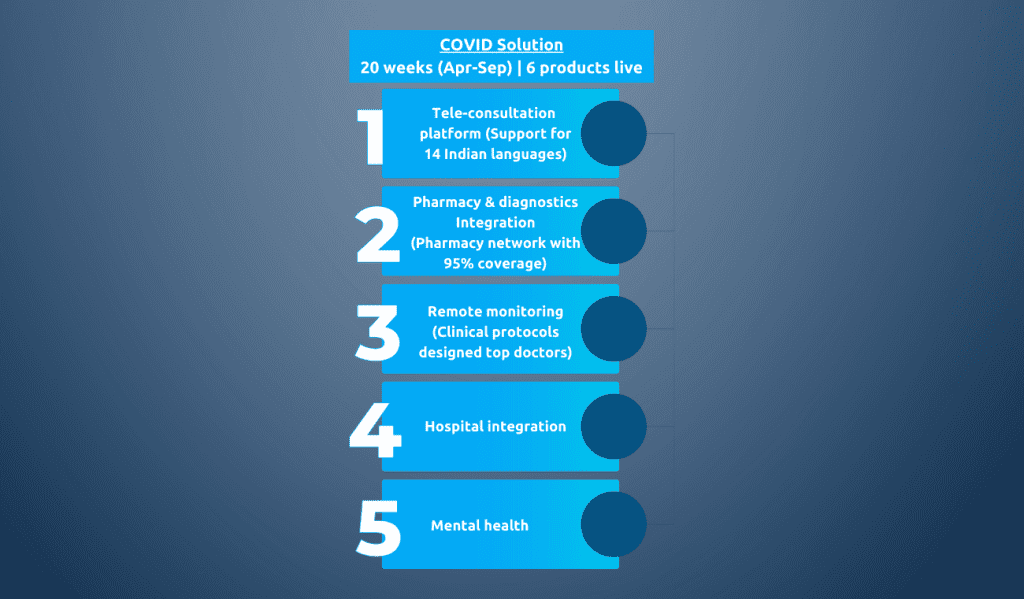
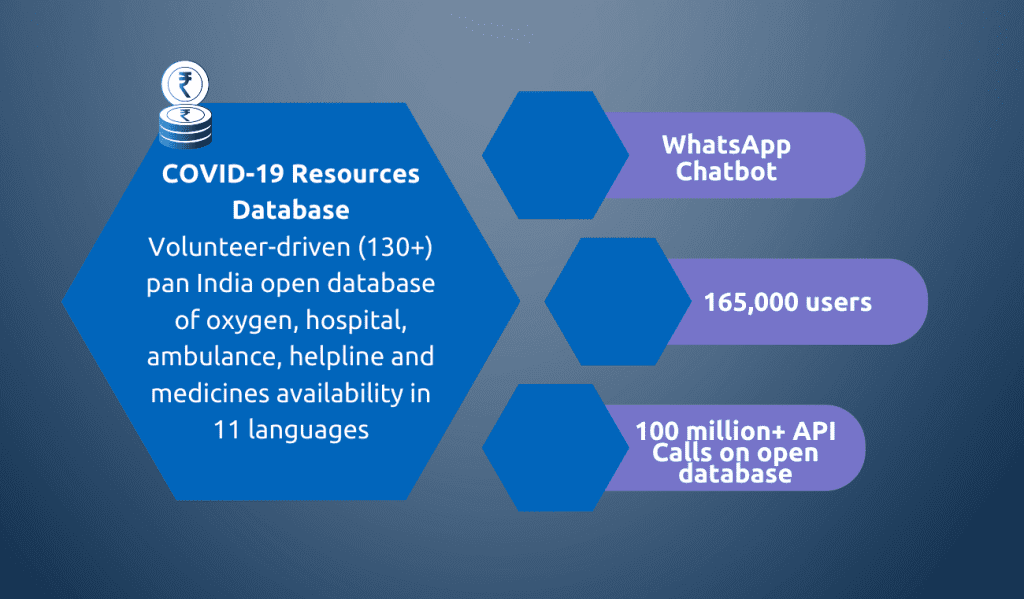
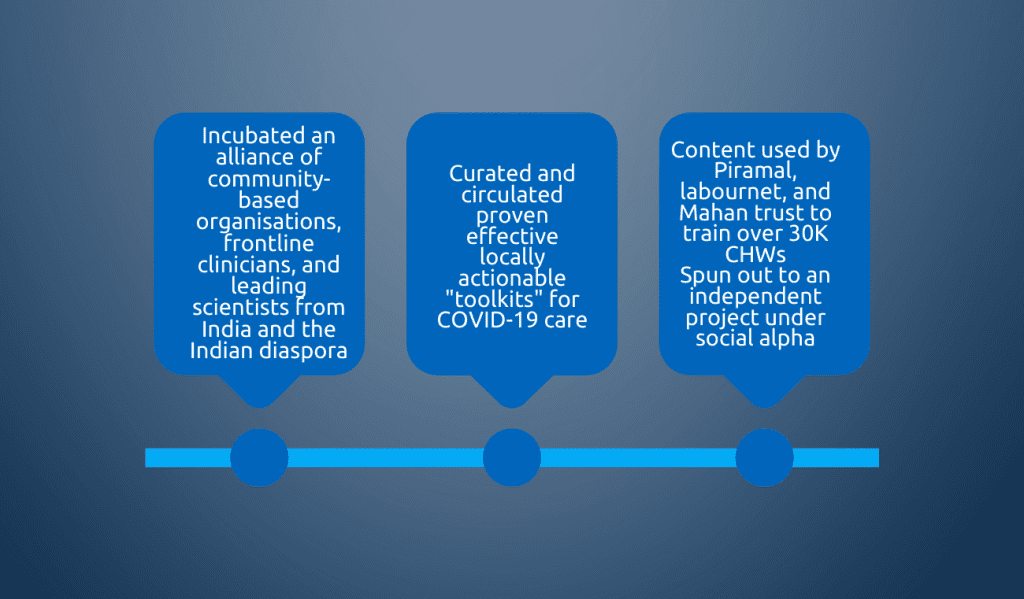
India’s epidemiological landscape is undergoing a significant shift from focusing on infectious diseases to addressing the root causes of malnutrition and other health issues. India faces several significant health challenges, including high burdens of diseases such as tuberculosis and communicable diseases, as well as nutritional deficiencies. Additionally, up to 500-700 million people in India are at financial risk from healthcare expenses, leaving them vulnerable to poverty. India lags behind other countries at a similar stage of economic development in terms of healthcare outcomes. One of the primary reasons for this is the significant segmentation of the healthcare sector, with a long tail of small providers who are unable to work together effectively to deliver high-quality care to consumers. Another major challenge is the low level of public funding for healthcare, resulting in a high proportion of out-of-pocket payments. The country also faces a shortage of human resources, particularly doctors and nurses, as well as inadequate infrastructure, particularly in rural areas.
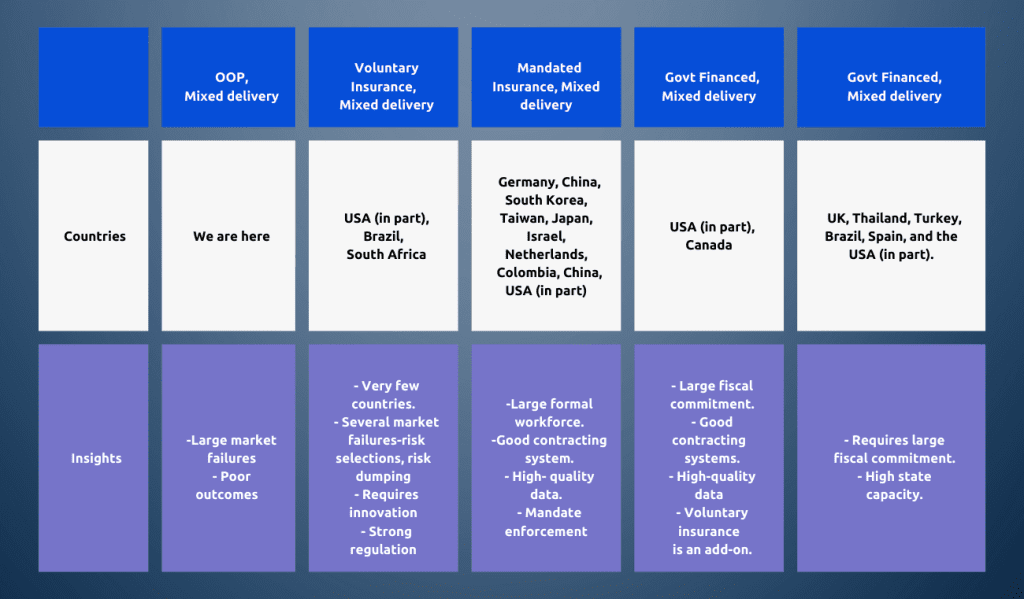
The healthcare sector in India suffers from inadequate governance and regulation, leading to a fragmented approach between the state and national systems. The lack of coordination and cooperation among different actors in the sector is a major barrier to improving healthcare outcomes in the country.
To overcome the challenges facing the healthcare sector in India, a coordinated and integrated approach is needed.
This approach must involve collaboration between different actors in the sector, adequate public funding, and a focus on improving human resources and infrastructure. The issue of universal health coverage must also be addressed to ensure that all citizens have access to high-quality healthcare. Becoming a developed country by 2047 is a commendable goal, but it cannot be achieved without addressing the issues of health and education for all people in the country.
To overcome the challenges facing the healthcare sector in India, a coordinated and integrated approach is needed. This approach must involve collaboration between different actors in the sector, adequate public funding, and a focus on improving human resources and infrastructure. The issue of universal health coverage must also be addressed to ensure that all citizens have access to high-quality healthcare. Becoming a developed country by 2047 is a commendable goal, but it cannot be achieved without addressing the issues of health and education for all people in the country. National health systems can be classified based on how care is funded and delivered. In many countries, a combination of private and government-funded care is the norm, with a significant portion of government funding coming from patients’ out-of-pocket payments. This type of system is prone to market failures and poor outcomes, necessitating a shift in approach.
Improving healthcare standards, regulations, and innovation is crucial for achieving a shift towards universal healthcare coverage in India. One promising approach to facilitate this shift is through the use of technology, particularly the open-network approach. This would enable the healthcare sector to harness all available resources to provide healthcare services on a large scale. The UK provides a successful example of this concept, demonstrating how India is forging its path in developing its healthcare system, utilizing technology to achieve its objectives uniquely compared to Western countries.
The 3 layers of an enabling open network an Indian approach to program (e.g., UPI)
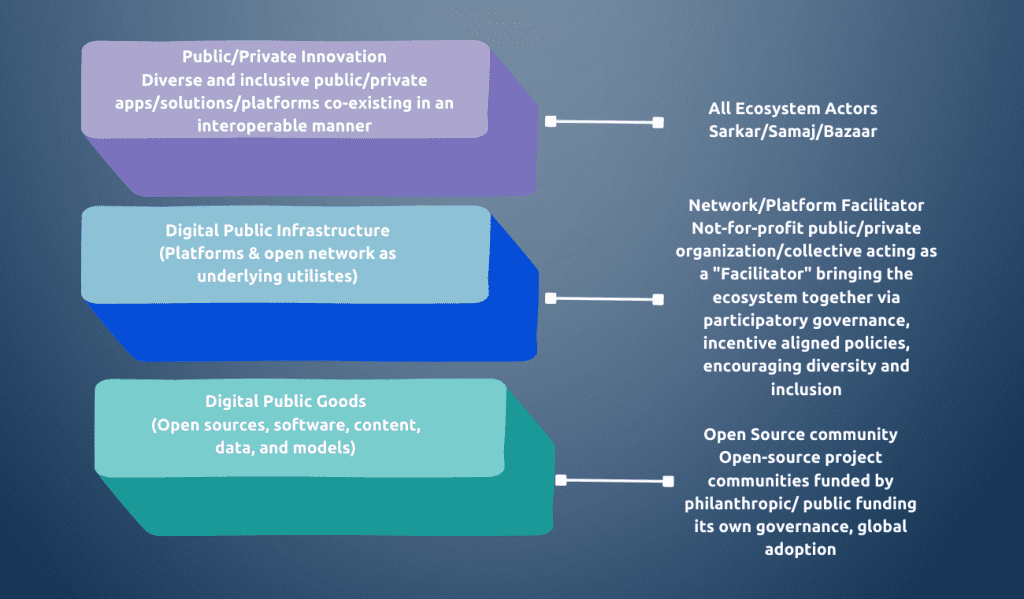
To improve healthcare outcomes and achieve universal health coverage, it is essential to address the root causes of poor health outcomes and limited coverage. These issues include insufficient public funding, inadequate human resources, insufficient infrastructure, and weak governance and regulation in the healthcare sector. It is crucial to develop innovative solutions and better policies that prioritize and address these issues.
Technology is one tool that can be leveraged to improve healthcare delivery and achieve universal coverage. In India, the Universal Payment Interface (UPI) protocol has enabled digital public infrastructure and private innovation, giving end-users a variety of options. Similarly, the government is seeking to revolutionize the healthcare sector through the Digital Health Commission and the health claims exchange, using a similar approach. By leveraging technology and addressing underlying issues, we can move towards a future where everyone has access to quality healthcare. The aim of the Unified Backbone for Healthcare Financing is to establish shared data centres changing information between healthcare providers and payers, including public payers. Doing so, will significantly enhance the patient experience, reduce the time spent in hospitals, and provide hospitals with more control over their payments, while also reducing the cost of claim processing. Currently, claim processing costs can be as high as ₹502,000, but this new system could lower the cost to under ₹10.
In addition to these benefits, the implementation of this system could also improve the speed of the claims process and enable medical adjudication, which would be a breakthrough in the healthcare sector. It will link every healthcare field in the country, including public payers, creating a unified backbone for healthcare financing. The introduction of the Unified Backbone for Healthcare Financing by the Digital Health Commission has the potential to transform the healthcare sector by enhancing the patient experience, decreasing the cost of processing claims, and creating a unified platform for healthcare financing across the country. This could be a significant step towards achieving the goal of universal health coverage, which is critical for the country’s progress. With the implementation of the health claims exchange, which is part of the Digital Health Commission, the healthcare industry has undergone a significant change.
The exchange is designed to establish a unified backbone for healthcare financing, resulting in a significant improvement in the patient experience. By creating shared data centres and enabling information exchange among providers, hospitals can gain more visibility into their payment cycles, lowering the cost of claim processing.
The health claims exchange links public and private payers, employers, insurers, and other entities to form a comprehensive health benefits ecosystem. This collaboration between hospitals, government, and stakeholders marks a powerful step towards an effective healthcare system for the country.
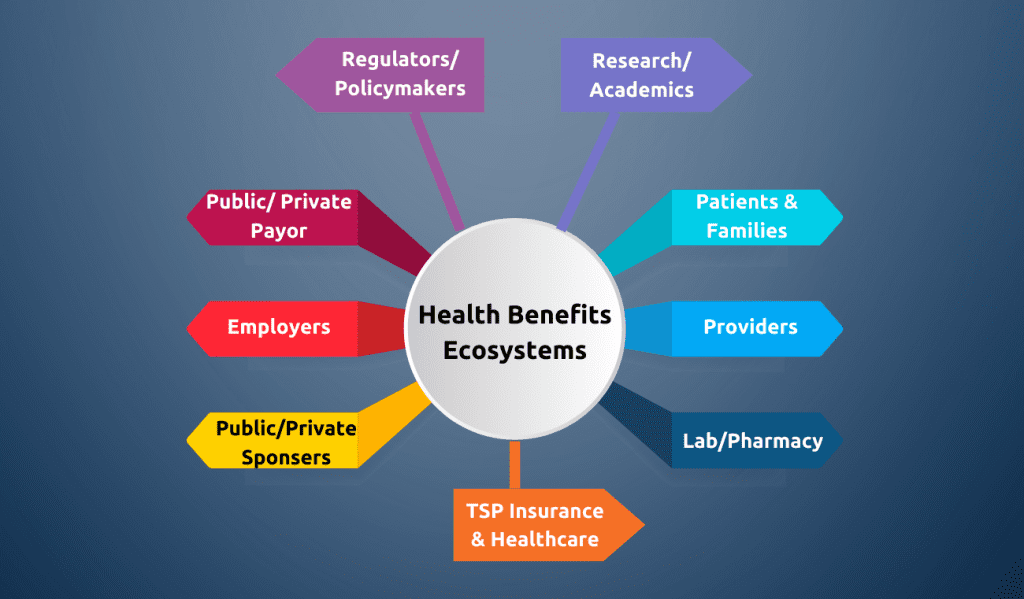
Conclusion
The COVID-19 pandemic has emphasized the importance of collaboration and innovation in healthcare. The alliance of 200 organizations has made progress in expanding technology and data availability, but challenges remain in countries like India that require a coordinated approach involving collaboration, public funding, and infrastructure improvement to achieve universal health coverage. Addressing these challenges will create a more resilient healthcare system for the future.





